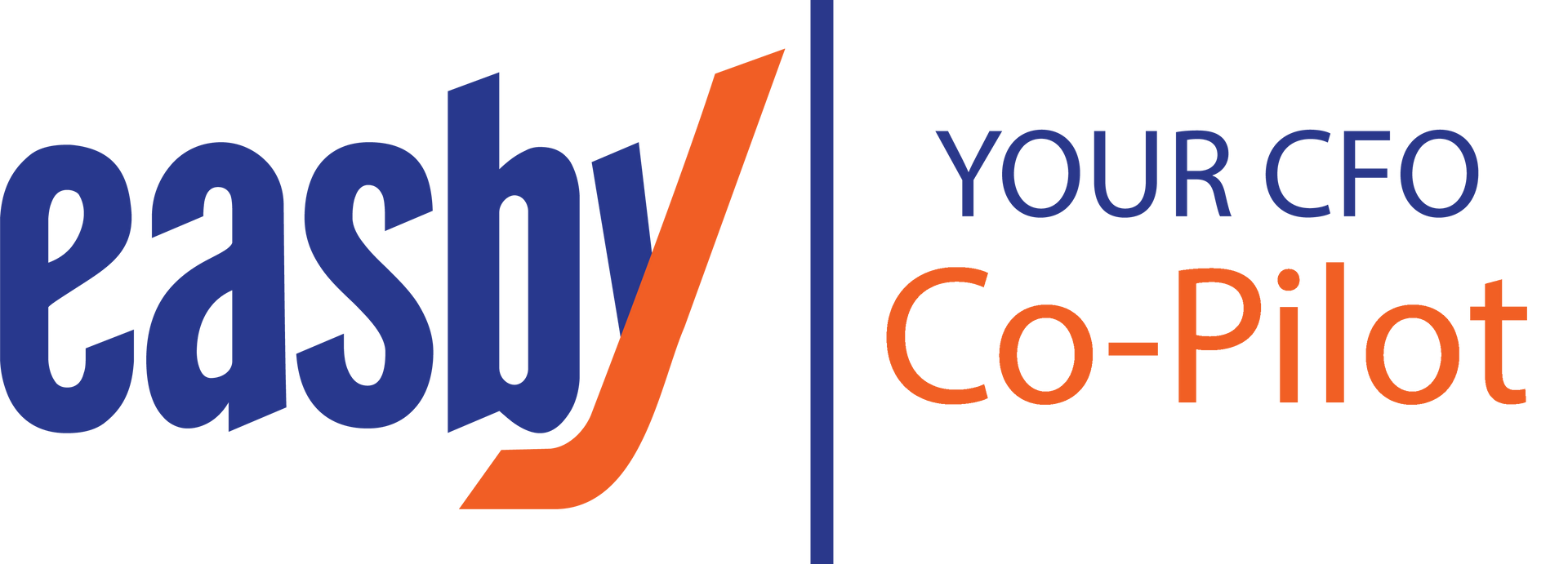Clean Up Your Financial Processes for Growth
Share this article:
Rose Report: Issue 53

By Ted Rose, CEO and president, Rose Financial Solutions
Spring is a time of renewal and change. It’s when we plant seeds and watch them grow. Like a garden, financial processes need to be tended to ensure they are prepared for business growth.
In this after-tax season, many business owners realize that their financial and accounting systems aren’t as well-organized as they assumed. If your business accounts are messy, outdated, and lack processes that tie your financial information together, you are not alone. Many business owners do not have the time and expertise to manage their finances and accounting functions. If you want to reduce the amount of time you spend on accounting processes, to gain financial clarity and to grow, it’s time to clean up your financial operations.
If you do not understand your numbers, you don’t understand your business. Having easily accessible financial data is a game-changer. The right accounting processes and software help you work smarter and faster allowing you to spend your time growing your business. While there is widely available off-the-shelf cloud-based accounting software, most lack the flexibility and integration of a workflow system that standardizes and automates your internal financial operations. Automated workflow technology involves structuring finance and accounting data and its underlying metadata—all while eliminating tedious processes, improving efficiency, limiting risks, and reducing human error.
To streamline your financial operations, you must build a solid accounting system, equip it with the right accounting software, and then connect your financial records. A gap analysis of your accounting processes will help you identify inefficiencies and assess whether you’re getting the most out of your resources. A thorough assessment also evaluates the gap between your existing accounting structure’s performance and your targeted goals and outcomes. Once you have identified the deficiencies in your accounting system, you can begin to improve and streamline your operations by organizing your finance and accounting structure and data.
The chart of accounts (COA) is a crucial financial management tool that groups all of a company’s financial operations, such as revenue and costs, into logical categories. A COA helps you develop more accurate financial reporting by breaking down transactions into defined categories such as revenue, direct expenses, indirect expenses, assets, liabilities, and equity. When putting together a COA, the better organized your data is, the more information you will be able to gain. As an organization grows it should consider adding “dimensions” to its COA to facilitate a greater understanding of financial performance. Examples of dimensions include projects, locations, departments, items, clients, etc. The addition of dimensions to the mix often increases the need to upgrade from basic accounting software to an “ERP.”
An organized COA with dimensions provides improved financial insight into your company’s financial health through financial reporting. A well-functioning system will generate timely, accurate, and easily accessible reports including financial statements, project reports, department reports, KPIs, ratios, and other financial information.
At RFS, we’ve wrapped over 25 years of expertise into our Finance as a Service solution that combines a team of experienced professionals with our leading-edge workflow technology, Easby. What makes our FaaS solution so unique is that it seamlessly integrates with your current accounting software, streamlines processes, and ties all your financial and non-financial information together into a high-level dashboard that delivers a 360-degree view of your company’s financial performance.
Schedule an introductory virtual meeting to find out how RFS can help you clean up your financial processes for growth.
This content is for information purposes only and should not be considered legal, accounting or tax advice, or a substitute for obtaining such advice specific to your business.
Visit Us On:





